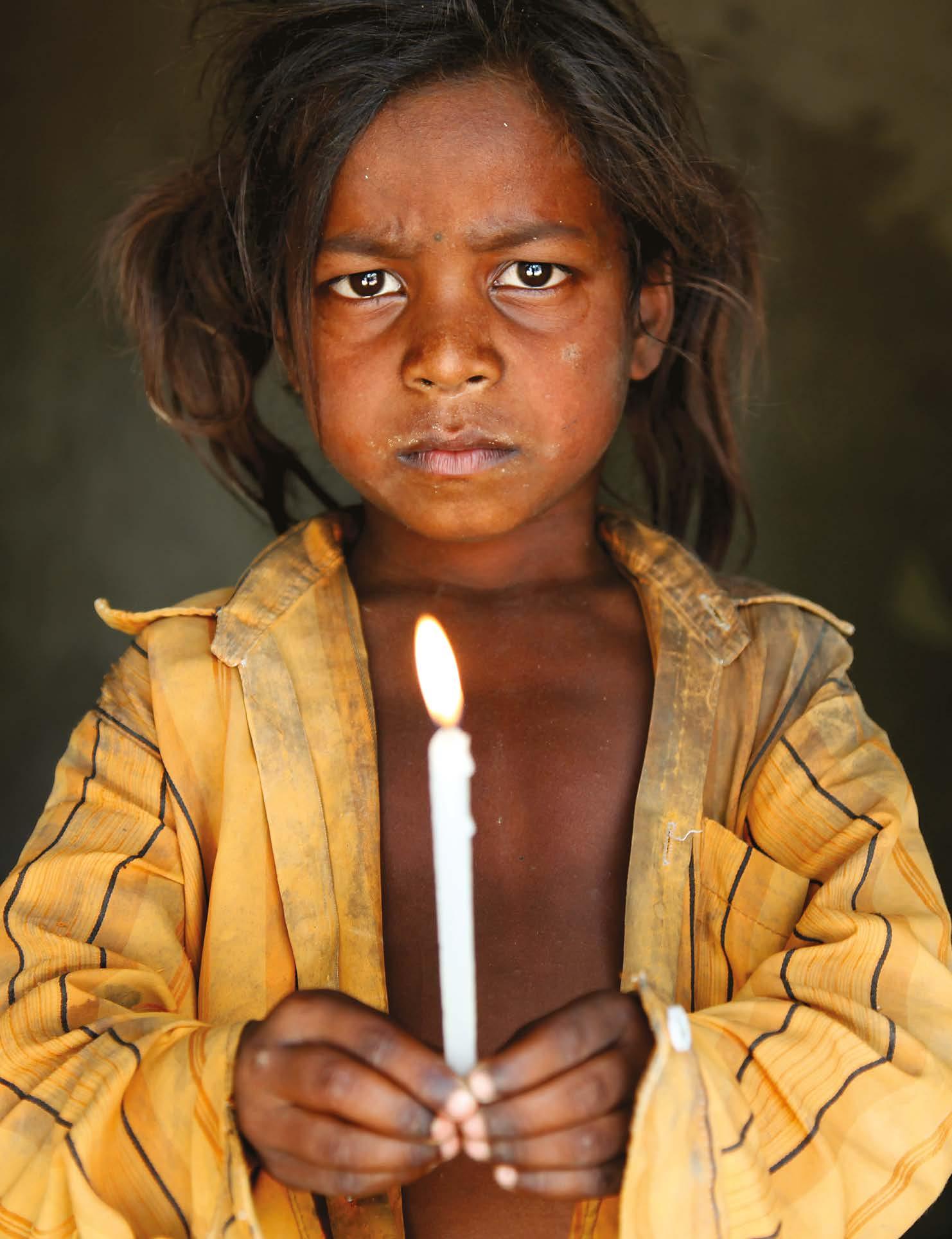
6 minute read
Lisa Kristine
from Atelier No_10
by Union Print
Shining a Light on Slavery
LISA KRISTINE
Advertisement
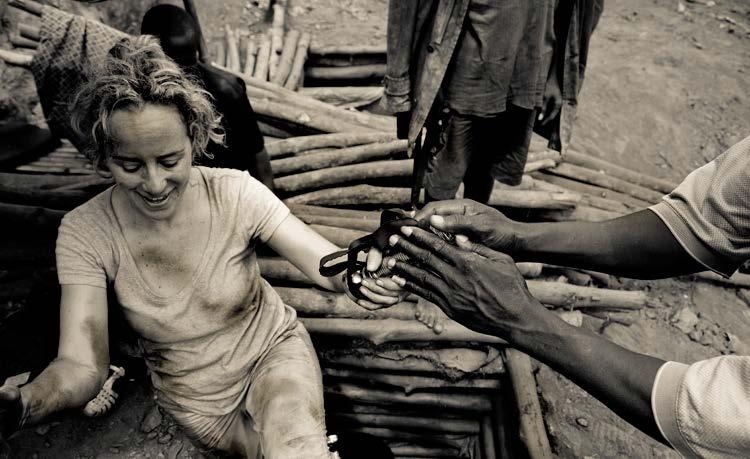
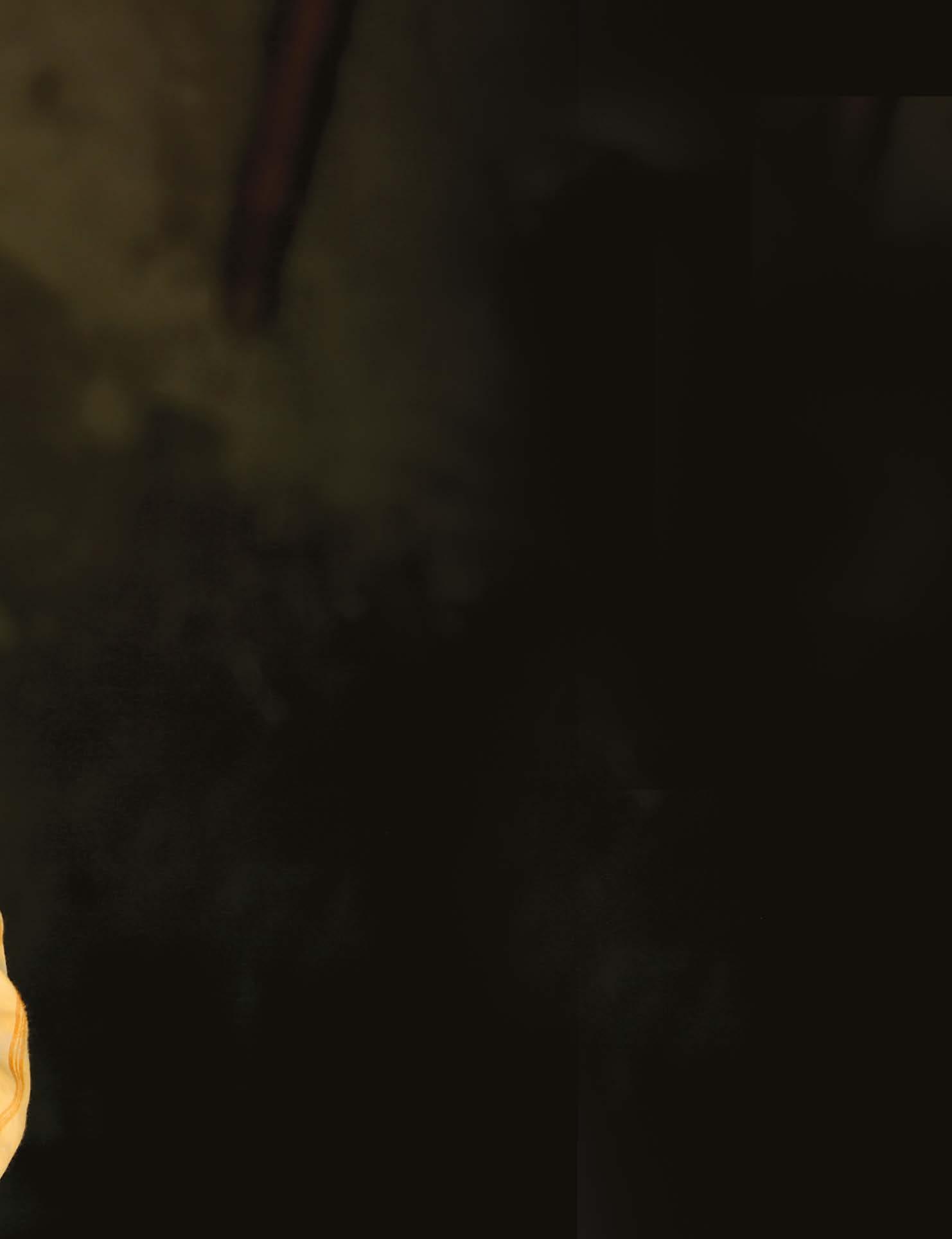
Choice. Safety. Freedom. As a youth, these three words played like a broken record in schools, by our families and at times as a form of political rhetoric that showcases how our society is built on these principles. Being born and raised in a middle-class Maltese household, having lived a life surrounded by a caring family, attended school, graduated from University, voted in an election and currently employed, would arguably be deemed as the natural course of most Maltese individuals. Yet, what is to most a conventional means of life has a deep rooted power that not everyone possesses and that citizens of the free world tend to take for granted.
It is an unfortunate and horrible reality that we live in where presently around 40 million people have been taken up as slaves, working in extreme and inhumane living conditions, surviving on the thinnest of margins. Our own personal livelihoods tend to form a wall around what we are used to and contain us within a societal bubble, which although does inform us of the existence of such atrocities, shuts us out from seeing it first hand.
I was thankful to have had the opportunity to interview the acclaimed fine-art photographer and humanitarian Lisa Krisitne. Ms Kristine has been working in her field for more than 30 years where she has sought to document and inspire change in the lives of people who do not possess the same social liberties most countries are accustomed to. Lisa is also an activist and public speaker, who has created numerous exhibitions, and published books in a wide array of countries around the globe.
During my conversation with Lisa, she spoke up about her role and how she aims to create awareness to both the layperson as well as the heads of state about a topic that demands more priority in the spotlight. As a young girl, Lisa was intrigued by the various collections of anthropology and National Geographic books she found in her mother’s collection. She recalls marvelling over the people in these books, with their mud-covered faces who she deemed as ‘unshakeable people’. This sowed the seed into what would later become a long and illustrious career in photography, humanitarianism and social awareness. Her fondness over the subject quickly grew and as a young adult she began writing to consulates and quickly learned more about the societies that existed far away from her native California.
She comments on how at the start of her career, she became “enamoured with the beauty in the differences in our world.” The world in her view is like a university, where one is always in a constant state of learning. Initially, she began by documenting indengious peoples. Later down the line, whilst being the sole exhibitor at the Vancouver Peace Summit which was attended by a number of prestigious guests, including His Holiness the Dalai Lama amongst other award-winning Nobel Laureates; she met a supporter of the organisation ‘Free the Slaves’. From here, she was introduced to the realities of slavery and became conscience of the lack of awareness in this space.
Her priorities shifted from documenting cultures to casting a spotlight over this global issue. Her photography became a tool to raise awareness in a way that is striking, but not shocking to her viewers.
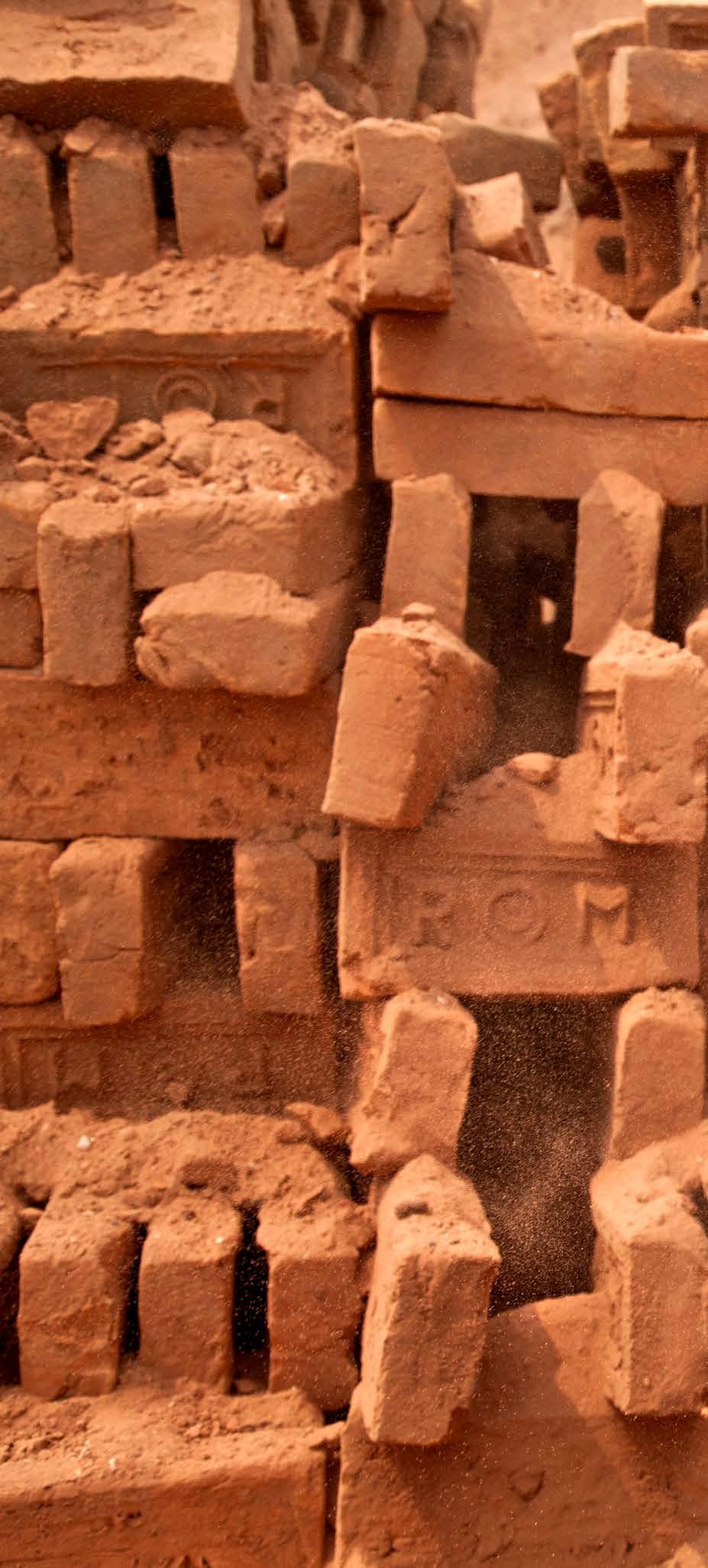
She strives to capture empathy and a visceral connection in order to create unity by means of her imagery. This is seen in a number of her projects across the past decade. One of her most notable works is her journey into Ghana where Lisa, who was brought by a group of abolitionists, documented the illegal mining operations that were taking place. She described the difficult conditions these people faced. Miners were equipped with hardly any proper equipment; all that was afforded to them were battery-powered torches held to their heads by a piece of elastic, ‘primitive tools’ to hack into the site and sacks if they were fortunate enough to
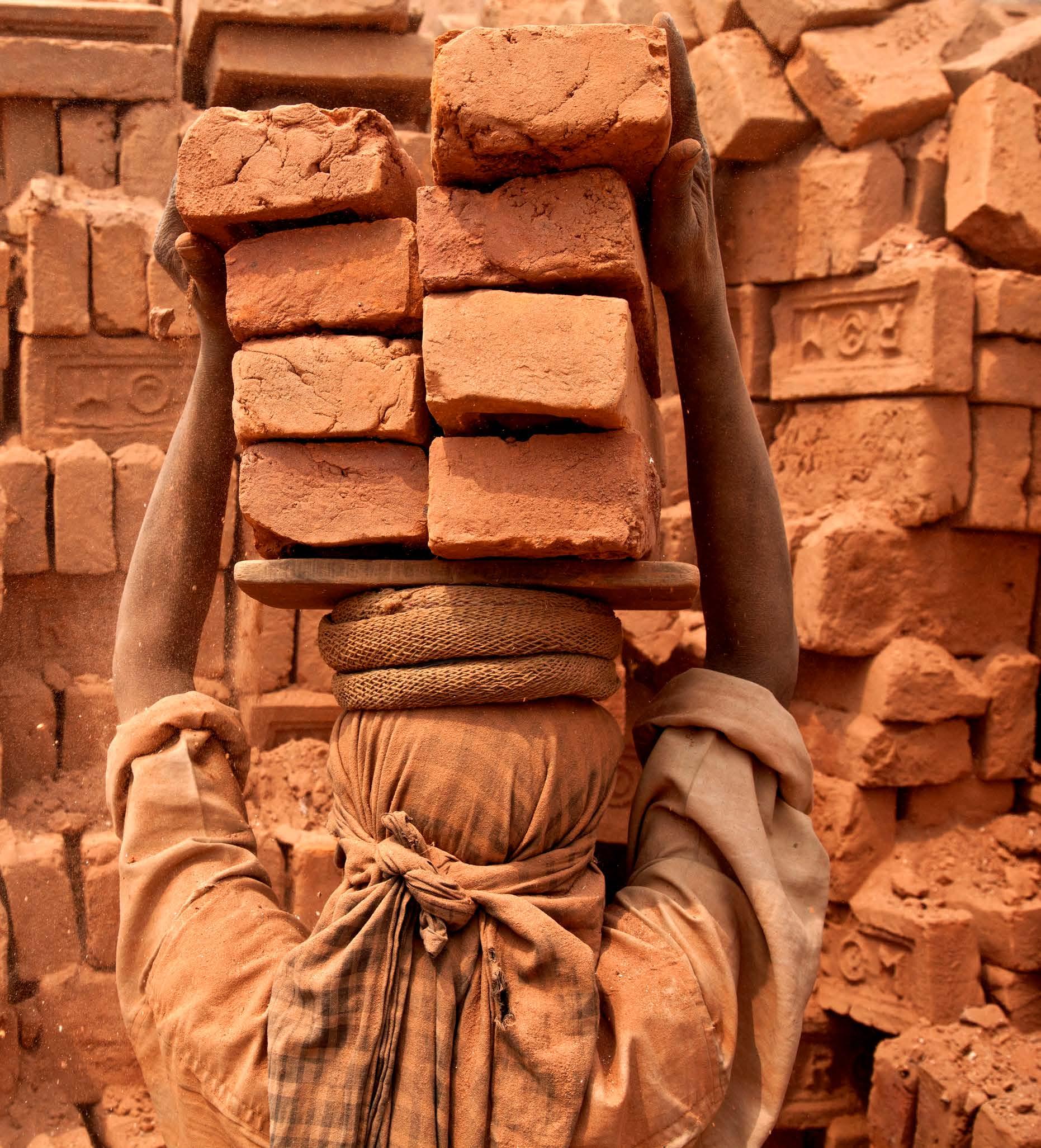

encounter any gold. These mining expeditions are not only a physical strain on these people, working up to three days below ground at one go, but a health hazard with the humid conditions of the mines, laced with dust and lack of proper safety equipment.
To document her findings, Lisa Kristine seeks the help of translators to assist her in communicating with the locals. Her job is reliant not only on her raw talent behind the camera, but the trust she puts in the people who help her in getting these opportunities. It goes without saying that with such projects comes with it its fair share of risks.
In 2012, Lisa gave a TED Talk where she spoke about this expedition in Ghana, and her passionate speech captured not only the audience present on the day, but millions of viewers around the globe. Since then she has had her work featured in a film, ‘Sold’ which was directed by Jeffrey D. Brown based on the Patricia McCormick’s novel with the same name that looks at slavery from a Nepalese girl’s perspective. In 2017, Lisa released her sixth book which was titled ‘Bound to Freedom: Slavery to Liberation’, and was the same year where she founded the Human Thread Foundation, which seeks to promote human dignity to educate the public and assist in social causes.
Lisa Kristine’s efforts in being both the metaphorical as well as the literal lens into a world that many are not aware of is the reason she has embarked into such a profession. She has been around the globe spreading the word of her travels, meeting well established organisations in the United Nations, governmental officials, notably our ex-President Marie Louise Coleiro Preca and even public figures like Pope Francis I. She is currently working on a new school curriculum to promote the prevention of slavery, as well as a number of exhibitions in Ghana and South Africa that will be displayed in the near future. The work she has put in is tremendous, but one person alone cannot change an entire system of abuse; but she has shown that the difference in change one person can make.
“All of us have well lived lives. The issue starts with our disconnect. Being in a different class or race initiates this. That is when the abuses and atrocities are tolerated, because people think that it does not affect us. It could be us, our neighbours, our children. People end up in slavery not because they are stupid, but because they are lied to, maybe with the promise of a better life. We must continue to work to raise awareness because there is not enough. There is more to do.”
When I am there, I am documenting activities which are illegal, but which the authorities do not want to advertise. The images you see and the talk I gave on this journey were all documented in very short, twenty minute windows.








